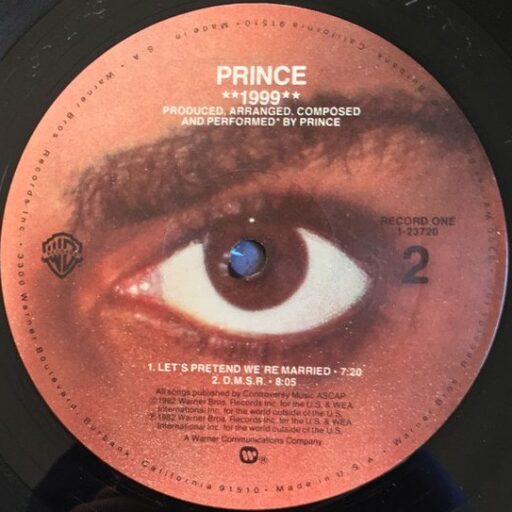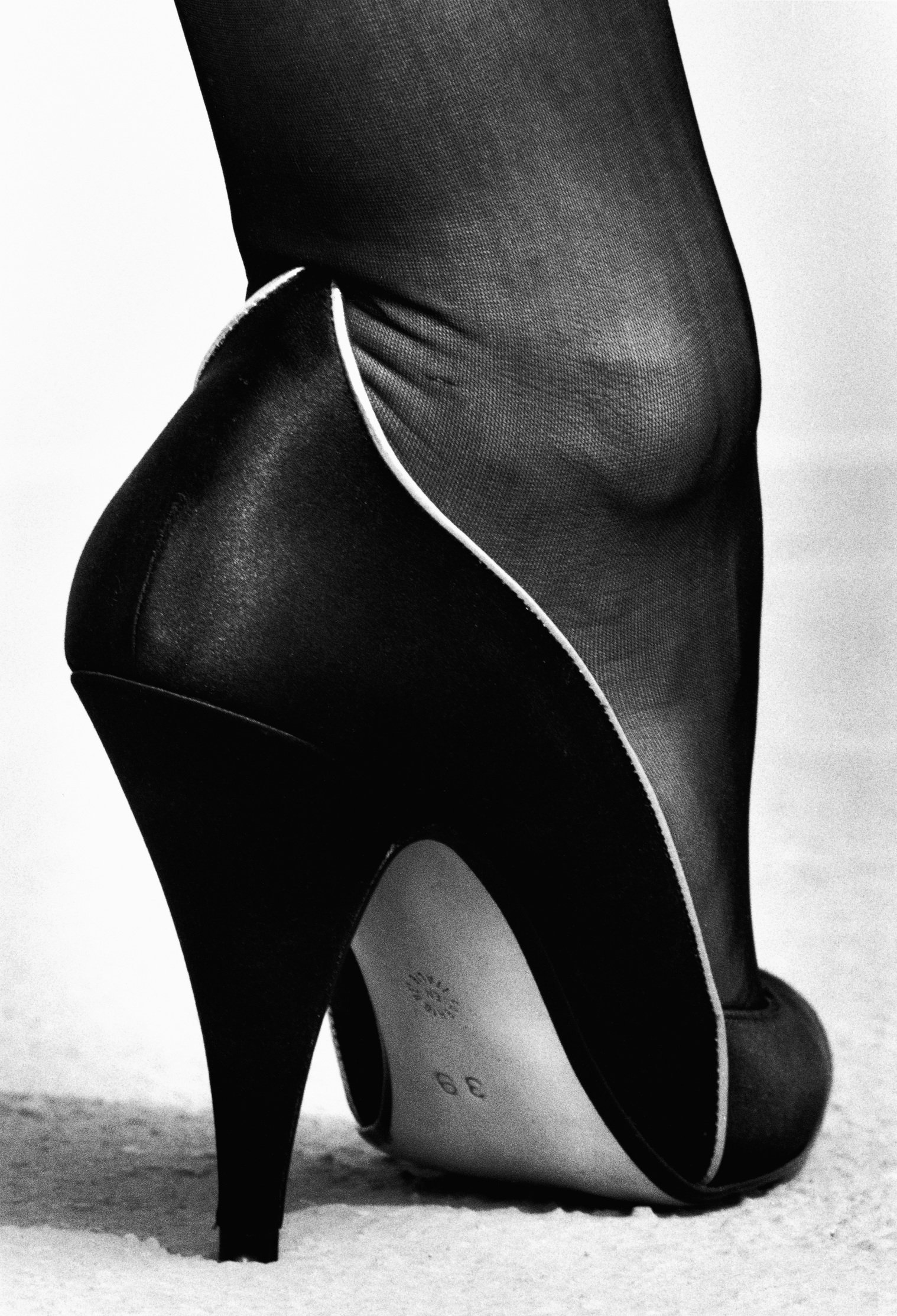Tag: free
-
Purple Rain (Verse 1)
The origins of “Purple Rain” are murkier than the rest of the album that shares its title: No one seems to recall from where, precisely, the song emerged–even as everyone seems to have played a role in its conception.
-
Baby I’m a Star
“Baby I’m a Star” has the familiar air of Prince self-actualizing through music: projecting himself toward a celebrity status he was still years away from achieving.
-
Roundup: 1999, 1982
In case you missed it, yesterday I finally closed the book on the 1999 era for dance / music / sex / romance (well, almost… I still plan to write “bonus tracks” posts on “Vagina,” “Colleen,” “You’re All I Want,” and “Money Don’t Grow on Trees” for Patreon readers in the near future). This was…
-
1999
What set Prince apart from his early-’80s peers was his insistence on greeting Judgment Day, not with solemn gravity or mordant gallows humor, but with a seemingly irony-free display of millenarian ecstasy.
-
Lady Cab Driver (Rearrange)
What keeps “Lady Cab Driver” distinct from 1999’s other transportation-themed erotic fantasies, “Little Red Corvette” and “International Lover,” is its pervasive sense of angst.

